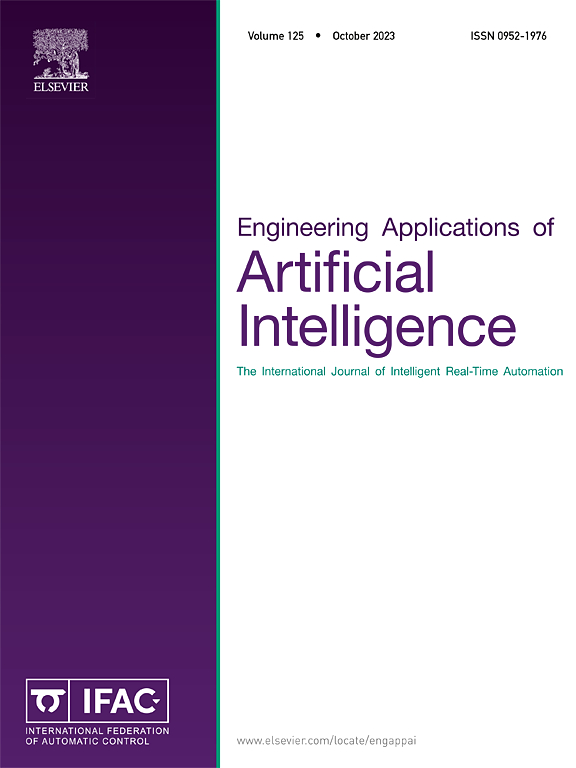Interpretable spatio-temporal prediction using Deep Neural Network - Local Interpretable Model-agnostic Explanations: A case study on leptospirosis outbreaks in Malaysia
IF 7.5
2区 计算机科学
Q1 AUTOMATION & CONTROL SYSTEMS
Engineering Applications of Artificial Intelligence
Pub Date : 2025-04-02
DOI:10.1016/j.engappai.2025.110665
引用次数: 0
Abstract
Leptospirosis is a widespread zoonotic disease with complex spatio-temporal dynamics. This study investigates the use of Deep Neural Network (DNN) in combination with Local Interpretable Model-Agnostic Explanations (LIME) for weekly spatio-temporal predictions of leptospirosis occurrence. The predictive model integrates hydroclimatic and environmental data to assess its effectiveness in predicting leptospirosis cases and quantifying key input variables in Negeri Sembilan, Malaysia.
Using a DNN architecture with hyperparameter tuning via grid search, we developed a globally trained model that achieved an overall prediction accuracy of 70.5% across 214 pixels. We identified acidic soil and a higher presence of rubber plantations as strong predictors of leptospirosis occurrence. Additionally, mean temperature and minimum rainfall emerged as important hydroclimatic contributors.
These insights enable public health authorities to proactively identify and prioritize high-risk areas for targeted interventions, improving disease mitigation strategies. Furthermore, the methodology is adaptable to other regions with similar environmental and socio-economic conditions, strengthening early warning systems and enhancing preparedness against future leptospirosis outbreaks.
While demonstrated on leptospirosis prediction, the proposed DNN-LIME framework is adaptable to spatio-temporal challenges in diverse domains such as supply chain optimization, urban planning, and industrial risk management. The integration of interpretability via LIME ensures actionable insights for stakeholders beyond public health, bridging the gap between complex models and real-world decision-making.
求助全文
约1分钟内获得全文
求助全文
来源期刊

Engineering Applications of Artificial Intelligence
工程技术-工程:电子与电气
CiteScore
9.60
自引率
10.00%
发文量
505
审稿时长
68 days
期刊介绍:
Artificial Intelligence (AI) is pivotal in driving the fourth industrial revolution, witnessing remarkable advancements across various machine learning methodologies. AI techniques have become indispensable tools for practicing engineers, enabling them to tackle previously insurmountable challenges. Engineering Applications of Artificial Intelligence serves as a global platform for the swift dissemination of research elucidating the practical application of AI methods across all engineering disciplines. Submitted papers are expected to present novel aspects of AI utilized in real-world engineering applications, validated using publicly available datasets to ensure the replicability of research outcomes. Join us in exploring the transformative potential of AI in engineering.
 求助内容:
求助内容: 应助结果提醒方式:
应助结果提醒方式:


